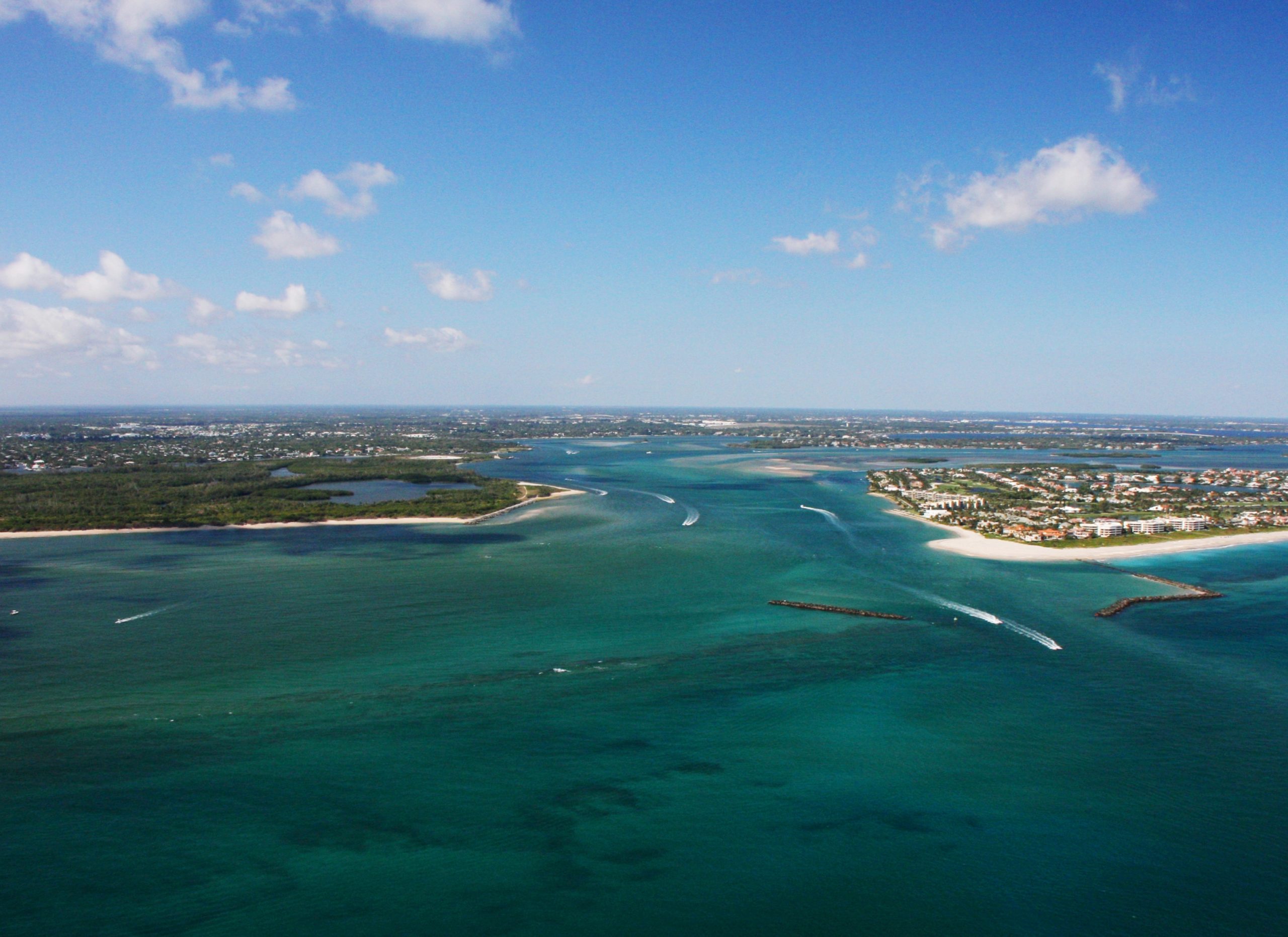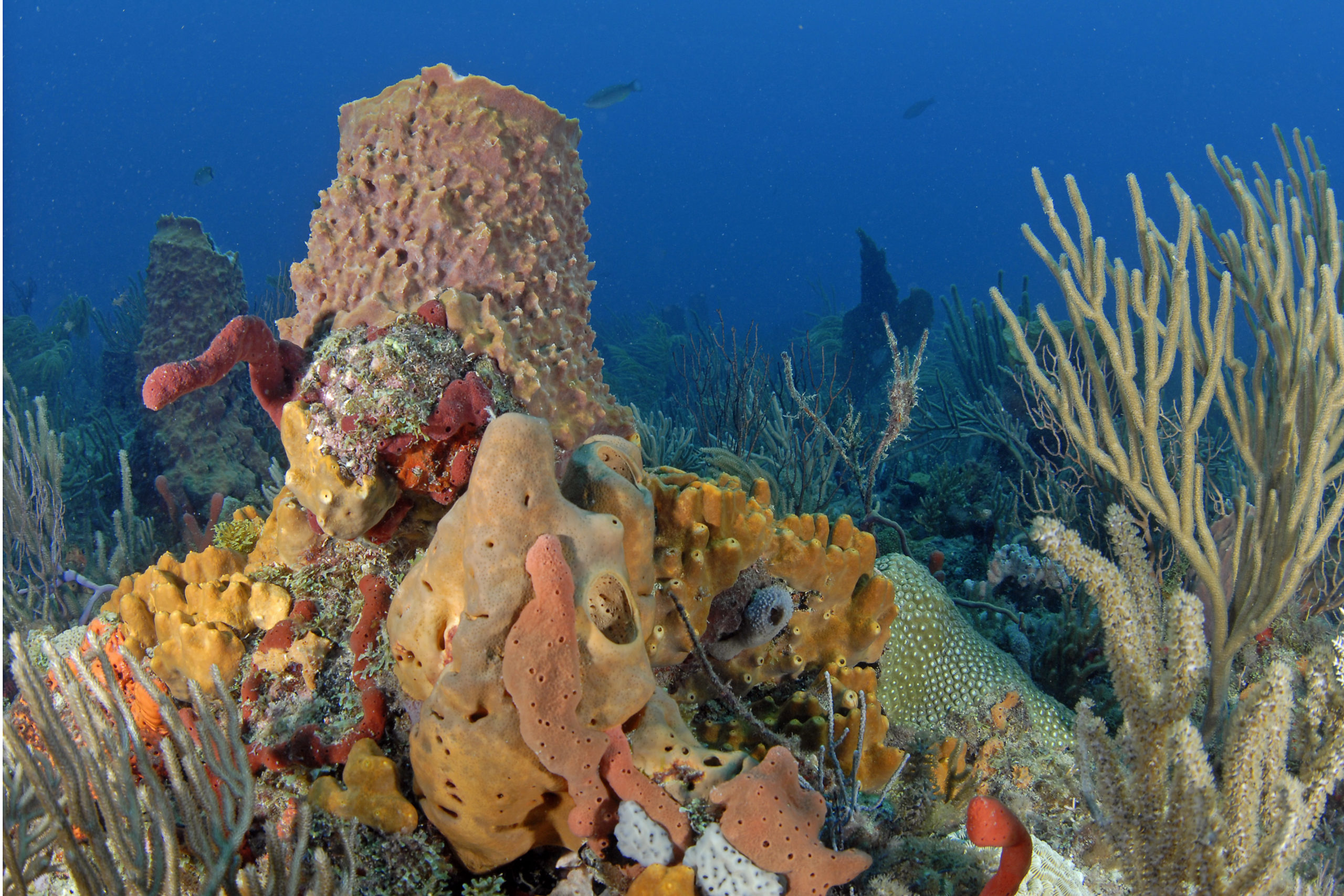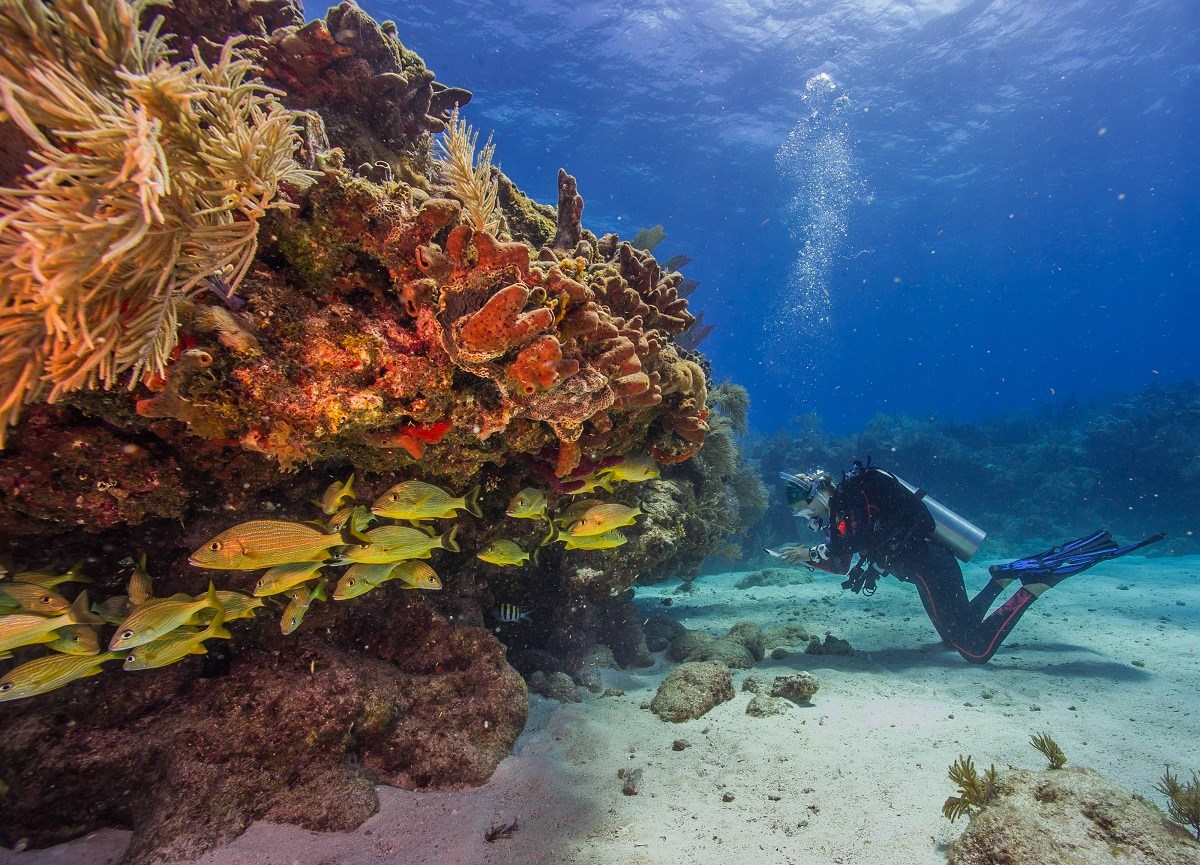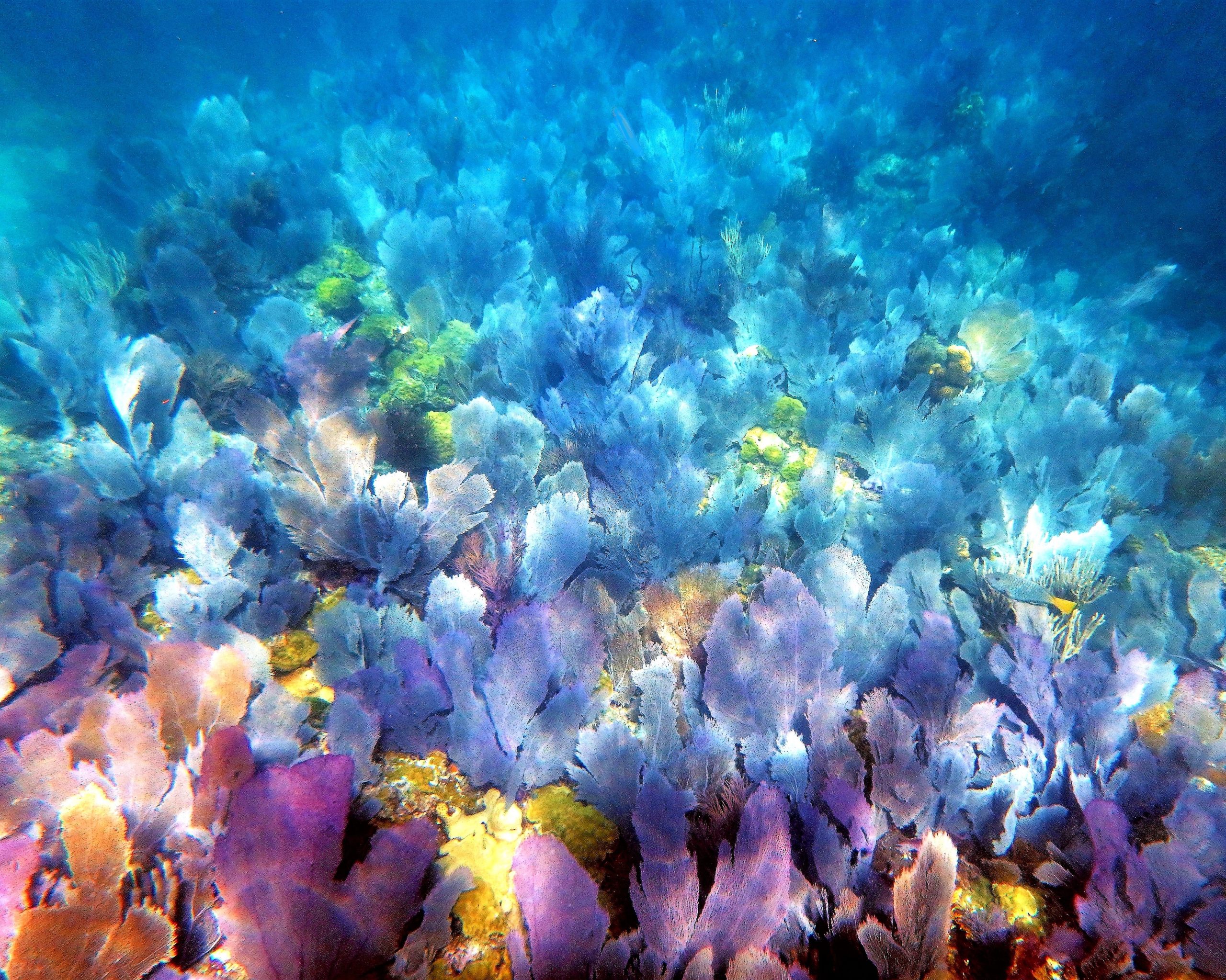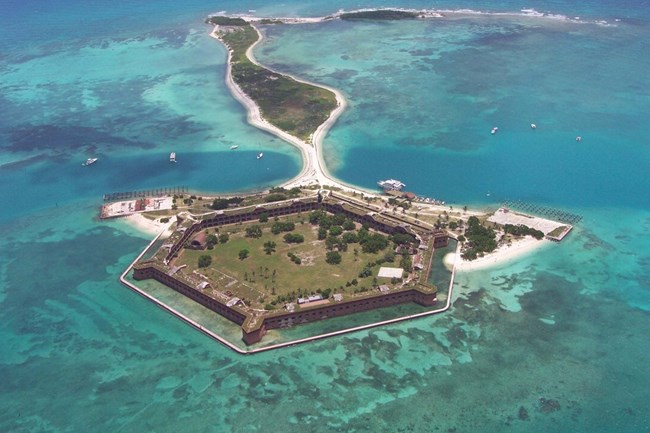Do some algal symbionts make corals more susceptible to SCTLD?
Algal symbionts are energy-producing plants hosted by corals. In this experiment, five coral species were intentionally bleached and allowed to recover. Tissue samples taken during the process were exposed to SCTLD and their algal symbionts identified. The results suggest not only are some coral species more susceptible, but certain groups of algal symbionts are more susceptible to SCTLD.
Since late summer 2014, Florida’s Coral Reefs have experienced an unprecedented tissue loss disease known as stony coral tissue loss disease (SCTLD). Although it is still unknown why certain coral species are more susceptible to SCTLD than other as well as why some corals of the same species show differential susceptibility to this disease, several early observations correlate the associated symbiotic algae with the relative susceptibility of corals species (and individuals) to SCTLD. In this report we describe the physiological and molecular outcomes of a multifaceted experiment investigating the role
of algal symbionts in five different Caribbean coral species whose susceptibility to SCTLD varies (Colpophyllia natans, Diploria labyrinthiformis, Meandrina meandrites, Oribicella faveolata, and Psuedodiploria strigosa).
Through experimental bleaching and recovery, we manipulated a subset of cores from each colony away from their native symbionts towards Durusdinium and subsequently exposed cores containing Breviolum (and in some cases Cladocopium) or Durusdinium to SCTLD. Tissue biopsies were taken throughout the algal manipulations and disease exposure to monitor changes in coralalgal symbiosis and a subset of samples taken throughout the disease exposures were selected for downstream transcriptomics and microbial dynamics analyses (16S and 18S) Generally speak, we found that 87% of cores containing Breviolum presented with SCTLD-like lesions between 10 and 50 days after disease exposure, compared to 36% of unmanipulated Cladocopium cores (only found in O. faveolata) and only 19% of cores manipulated to contain Durusdinium. These results, suggest that in addition to a speciesoriented disease susceptibility hierarchy, there is a hierarchy among different Symbiodiniaceae in their susceptibility to SCTLD, which we tentatively rank as Breviolum >> Cladocopium > Durusdinium >> Symbiodinium. Further analyses of host gene expression, symbiont gene expression, 16S microbial dynamics, 18S microbial dynamics, and histology associated with this project is still ongoing.
